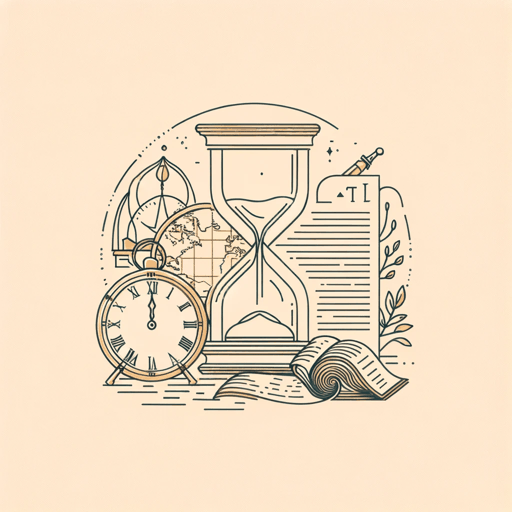24 pages • 48 minutes read
Jorge Luis BorgesBorges and I
Fiction | Short Story | Adult | Published in 1960A modern alternative to SparkNotes and CliffsNotes, SuperSummary offers high-quality Study Guides with detailed chapter summaries and analysis of major themes, characters, and more.
Symbols & Motifs
Maps
Maps, one of Borges’s favorite symbols, represent` the spatial relationship between Borges’s dual identities. Borges grapples with an internal identity that eludes spatial confinement. In contrast, his external persona, known as “Borges,” is firmly grounded in the spatial world, existing through his literary works and the places where his name finds a home. The author encounters this persona through documents, like academic rosters or biographical dictionaries. Though this persona is defined by Borges’s preferences such as his affinity for maps, Borges regards it as an inaccurate or “falsified” representation of himself.
Likewise, while often considered objective documents, maps are affected by the mapmaker’s lens. For example, maps can convey different kinds of information like topography, water currents, or political borders, selectively highlighting different aspects of the same land. Maps are also living documents that change as the world does—contemporary maps have more accurate depictions of landmasses than antique ones because more of the world has been explored, measured, and documented. Additionally, old maps include now-outdated place names like the USSR, Bombay, or Czechoslovakia. Finally, maps are often shaped by cultural context; for example, maps produced in North America sometimes center North and South America, splitting Eurasia onto the left and right sides of the map.
Related Titles
By Jorge Luis Borges

Ficciones
Jorge Luis Borges
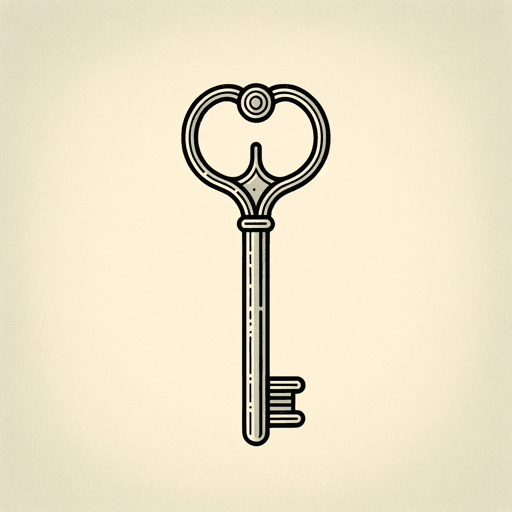
In Praise of Darkness
Jorge Luis Borges
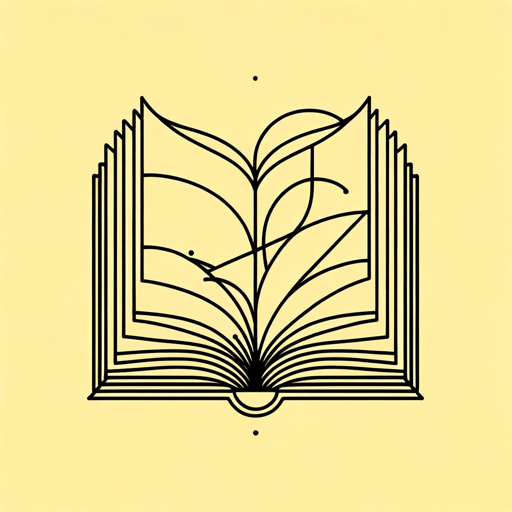
Pierre Menard, Author of the Quixote
Jorge Luis Borges

The Aleph
Jorge Luis Borges

The Aleph and Other Stories
Jorge Luis Borges

The Book of Sand
Jorge Luis Borges
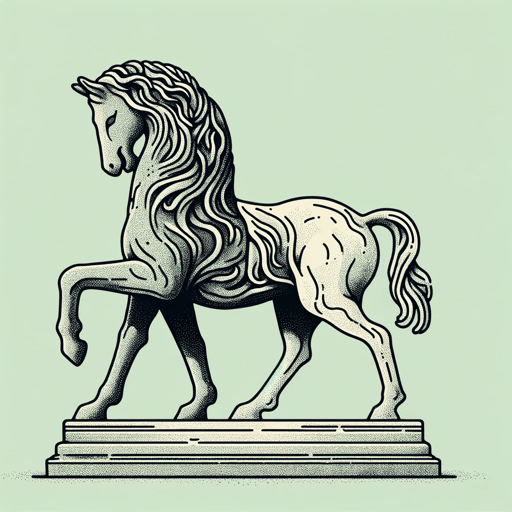
The Circular Ruins
Jorge Luis Borges
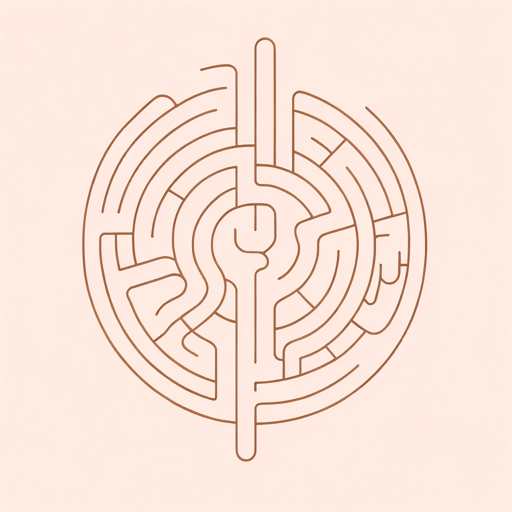
The Garden of Forking Paths
Jorge Luis Borges

The Library of Babel
Jorge Luis Borges
